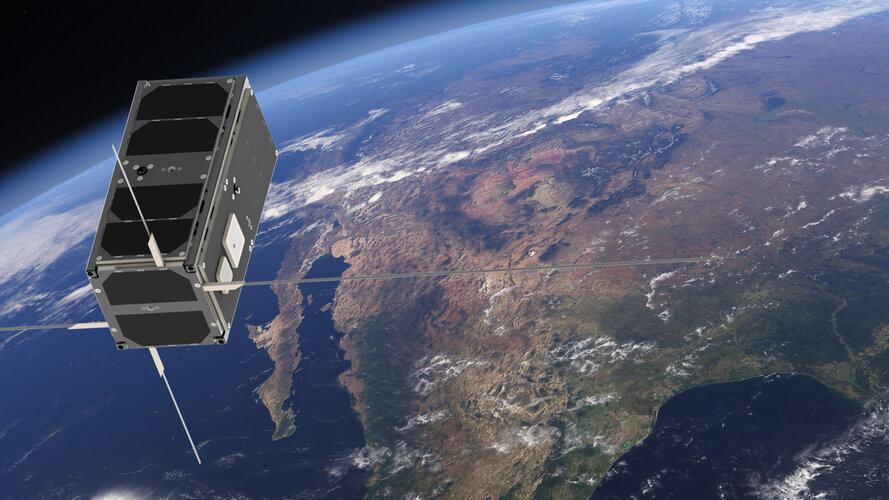
GRBs are thought to be released during a hypernova – when a particularly massive star powerfully implodes to form a neutron star or black hole. After an enormous initial flash of gamma rays, an ‘afterglow’ emits longer wavelengths in X-ray, ultraviolet, optical, infrared, microwave and radio.
The satellite’s prime contractor is the Faculty of Aeronautics at the Technical University of Košice, while Spacemanic, a turnkey nanosatellite mission provider and CubeSat component manufacturer based in Czechia, has spearheaded the construction of the cutting-edge two-unit (2U) GRBBeta CubeSat. Its scientific payloads have been built in a Hungarian, Czech, Japanese and Canadian collaboration and represent a significant leap forward in space technology.



